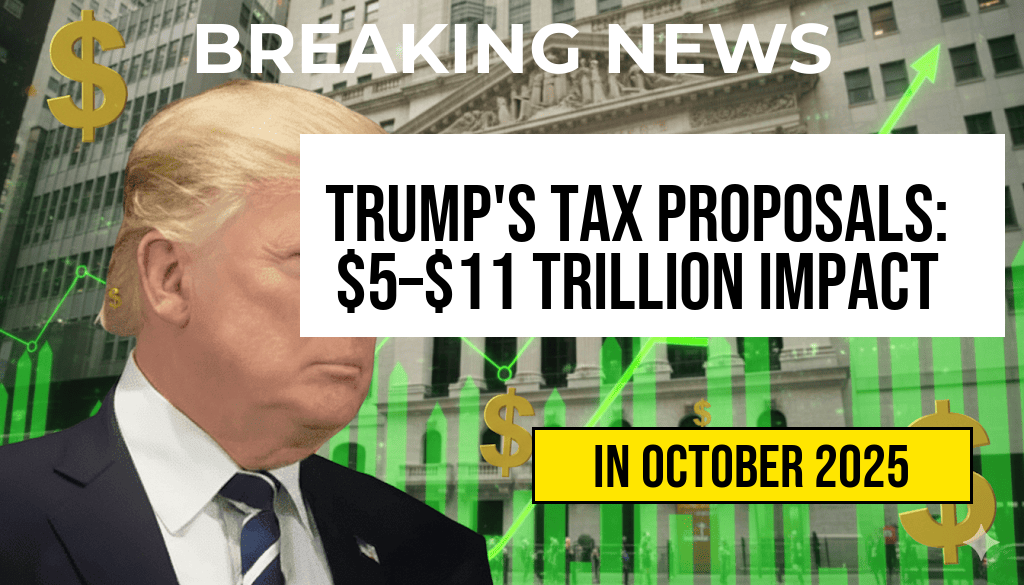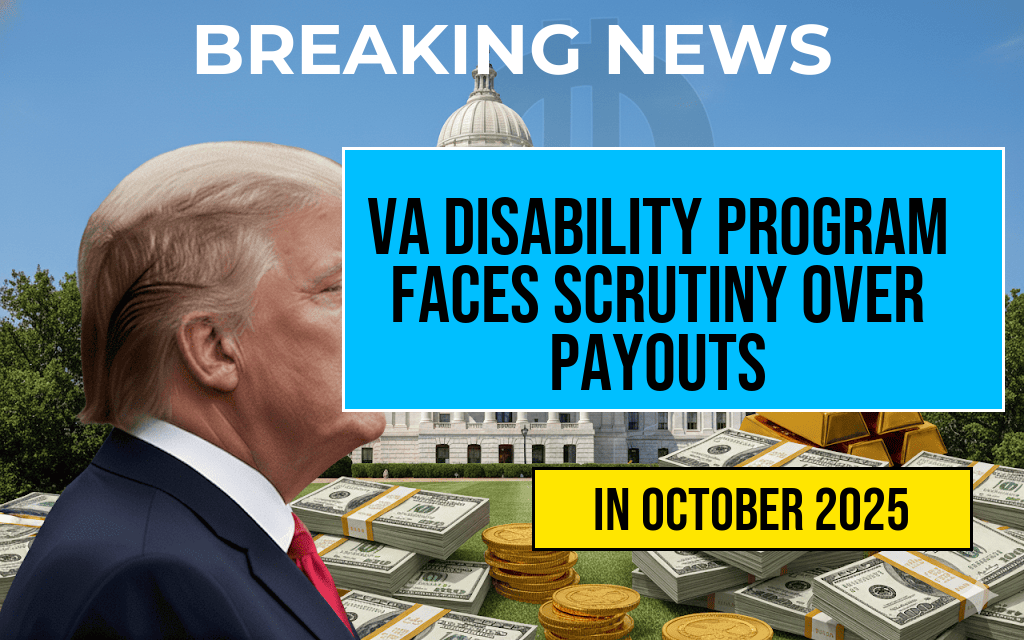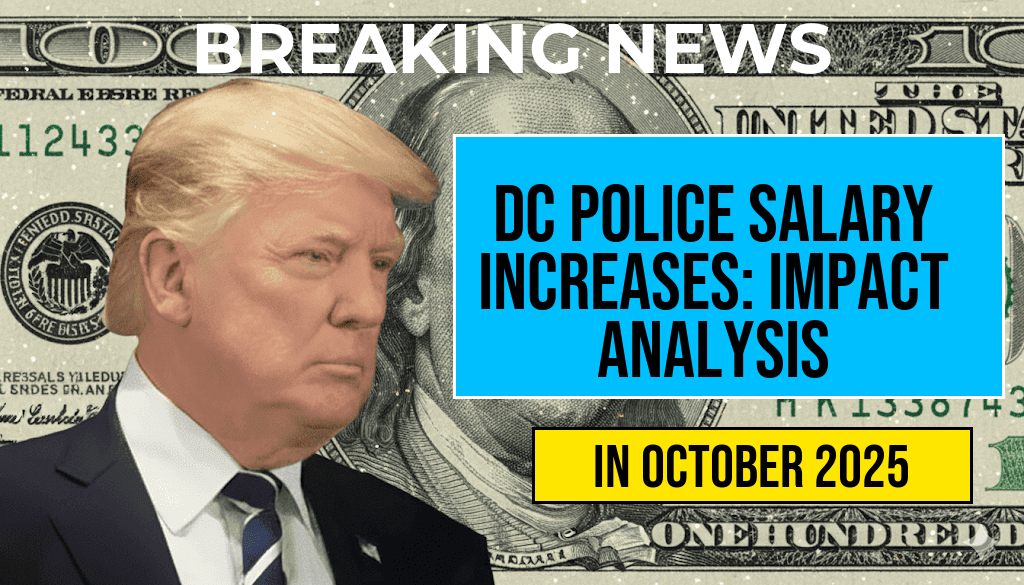Former President Donald Trump’s proposed tax reforms have ignited a fierce debate among economists, policymakers, and the general public. With estimates projecting a staggering price tag between $5 trillion and $11 trillion, the implications of these proposals could significantly impact American wallets. The proposals include substantial cuts to income and corporate taxes, as well as changes to inheritance taxes, raising questions about their long-term effects on the economy and government revenue. As discussions intensify, understanding the potential ramifications of these reforms is critical for taxpayers at all income levels. This article delves into the specifics of Trump’s tax proposals, their projected costs, and how they may influence your personal finances.
The Key Components of Trump’s Tax Proposals
Trump’s tax plan includes several major components aimed at restructuring the current tax system. Below are the essential elements:
- Income Tax Cuts: Proposals to reduce tax rates across various income brackets, including a substantial decrease for high earners.
- Corporate Tax Rate Reduction: A significant cut in the corporate tax rate, intended to stimulate business investment.
- Repeal of Estate Tax: Plans to eliminate the federal estate tax, which could primarily benefit wealthy individuals and families.
- Changes to Deductions: A re-evaluation of existing deductions, particularly those benefiting middle-income households.
The Financial Implications
Understanding the financial impact of Trump’s tax proposals is crucial for individuals and families. The estimated price tag of $5 trillion to $11 trillion raises questions about how these changes would be funded and their potential impact on federal revenue.
Potential Consequences for Taxpayers
For average taxpayers, the implications of these proposals can vary significantly based on income levels, family size, and location. Here are some potential consequences:
- Lower Middle-Class Tax Bills: Some middle-income earners may benefit from reduced rates, potentially lowering their annual tax bills.
- Increased Deficit: The substantial cost of these tax cuts could lead to increased federal deficits, which may result in future tax increases or cuts to essential services.
- Impact on Public Services: Funding cuts could affect public programs such as education, healthcare, and infrastructure, which could indirectly affect taxpayers’ financial situations.
Long-Term Economic Effects
Beyond immediate tax implications, Trump’s proposals could reshape the U.S. economy in the long run. Economists are divided on whether these tax cuts would stimulate growth or exacerbate income inequality.
Supporters’ Perspective
Proponents argue that lowering taxes will lead to increased consumer spending and business investment. They believe that businesses will reinvest their savings into job creation and wage increases, ultimately benefiting the economy as a whole.
Critics’ Concerns
On the other hand, critics caution that such significant tax cuts could disproportionately benefit the wealthy and exacerbate income inequality. They argue that the resulting budget deficits could lead to cuts in critical social programs, negatively impacting lower and middle-income families.
A Closer Look at Revenue Generation
One of the most contentious issues surrounding Trump’s tax proposals is how the government would offset the substantial loss in revenue. The following strategies have been suggested:
- Elimination of Tax Loopholes: Proposals to close tax loopholes that primarily benefit corporations and high-income earners.
- Increased Economic Growth: The expectation that economic growth resulting from tax cuts would generate additional revenue, although this remains a debated point.
- Potential Tax Increases in Other Areas: The possibility of increased taxes on goods and services or adjustments to other tax rates to compensate for lost revenue.
Conclusion
The debate surrounding Trump’s tax proposals is multifaceted, with potential implications for taxpayers and the economy at large. With an estimated cost of $5 trillion to $11 trillion, understanding the nuances of these proposals is essential for informed public discourse. As policymakers continue to evaluate the advantages and drawbacks, citizens must remain aware of how these changes could directly affect their financial futures.
For more information on the potential effects of Trump’s tax proposals, visit Forbes and Wikipedia.
Frequently Asked Questions
What are the main components of Trump’s tax proposals?
The main components of Trump’s tax proposals include significant tax cuts for individuals and corporations, changes to deductions and credits, and potential reforms to the tax code aimed at stimulating economic growth.
How might these tax proposals affect the average taxpayer?
The average taxpayer could see a range of impacts, including increased disposable income due to lower tax rates, but also potential reductions in public services funded by tax revenues, which could offset the benefits.
What are the projected costs of Trump’s tax proposals?
Experts estimate that Trump’s tax proposals could carry a price tag of between $5 trillion and $11 trillion over the next decade, raising concerns about the long-term sustainability of such cuts.
Could Trump’s tax plans lead to increased deficits?
Yes, many analysts warn that the substantial tax cuts proposed could lead to larger budget deficits, potentially increasing national debt and impacting future fiscal policy.
What should taxpayers consider when evaluating these proposals?
Taxpayers should consider how the proposed tax changes could affect their personal finances, including potential changes in job growth, income levels, and the overall state of the economy.








